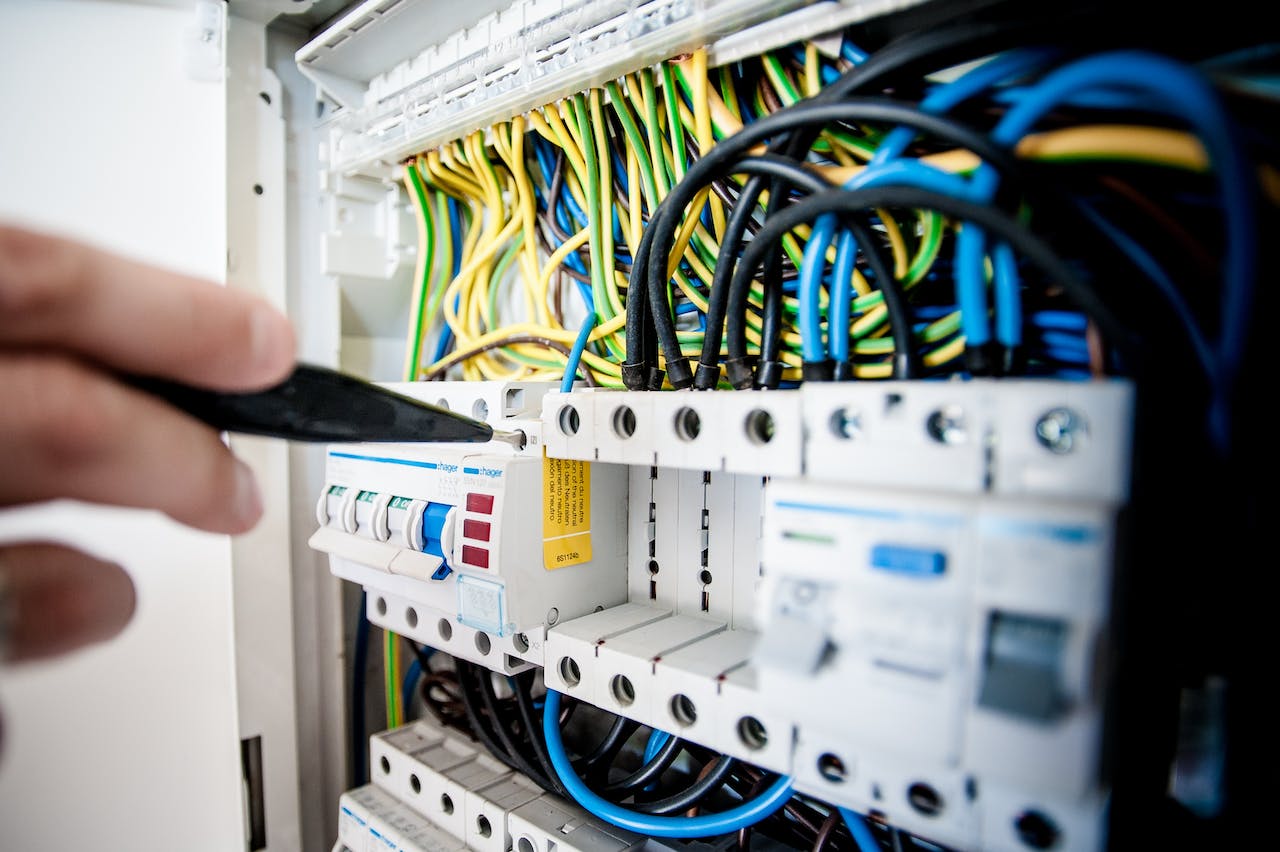Last update at :2024-06-10,Edit by888u
After sharktech’s public cloud server went online, we here didn’t even have time to write a review. Someone here asked privately how the effect was, so I immediately made up for it after I just finished writing the tutorial on how to use sharktech’s public cloud server. This review. Let me tell you in advance that this review was written intermittently. In fact, it started a few days ago, and it took several days to complete.
Official purchase link:
https://secure.sharktech.net/helpdesk/cart.php?a=add&pid=602
How much configuration is required for this kind of cloud server? You can create it yourself in the background. As long as the resources are within the range of your choice, here we just created a 2G memory, 2 cores, and 20G NVMe hard drive for testing.
CPU clocked at 2.6GHz,
After the FIO test, I found that the effect is indeed very cool:
Let’s pay attention to how much bandwidth can be reached in mainland China. The China node test of speedtest.net is sent. The highest uplink in the test data is 582Mbps and the downlink is 4209Mbps:
Let’s pay attention to the comparison of the evening peak. The maximum uplink is only 484Mbps, and almost all nodes are in a downward trend, which is quite large. The uplink bandwidth also drops to a large extent, but the maximum is still 4291Mbps:
The following is a test run in Asia except mainland China:
iperf3, the effect of running in Europe and the United States is much better than that of mainland China:
Compare the speed at which the webmaster uses Guangzhou Telecom's bandwidth to download files on the cloud server. The speed during the day can reach 16MB/S:
This is the effect during the evening peak: less than 1.6MB/S
The test ping data of 80 nodes in mainland China is as follows:
Outbound telecommunications, direct connection:
For China Unicom's outbound journey, the backbone network is connected to telia:
Mobile outbound journey, CMI docking telia:
Return to China Telecom: directly connect back to China from Telecom’s own node in Los Angeles
Return to China Unicom: Beijing direction is from Los Angeles via telia and returns directly to China; Shanghai and Guangzhou directions are from Los Angeles to China Unicom's own nodes directly back to China
Return to China Mobile: direct connection from Los Angeles telecom node back to China
Finally, here is the Unix bench score:
To summarize:
Outbound: Telecom direct connection, China Unicom and China Mobile use telia, which needs to be improved;
For the return trip, China Telecom returns directly from its own node in Los Angeles, and China Unicom basically does the same (except for Beijing). China Mobile returns directly from China Telecom's node in Los Angeles, which is also a way to speed up. Generally speaking, it would be better if all three networks could be straightened out and returned to China via their own nodes!
Recommended site search: Hong Kong server, free personal homepage space, free asp space, me domain name, server high defense Hong Kong, free domain name registration, legendary server rental, 1g US virtual host, Korean server rental, Korean cheap server, < /p>








发表评论